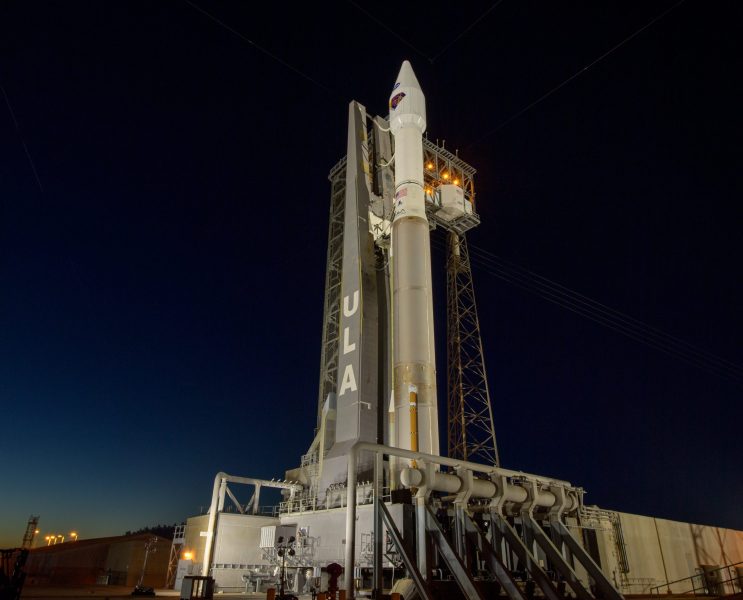
NASA's Lucy to probe Jupiter Asteroids: All you need to know

NASA set to launch a spacecraft called Lucy on Saturday (October 16) from Cape Canaveral Space Force Station in Florida aboard a United Launch Alliance Atlas V rocket. The Atlas V rocket was scheduled to take off at 5.34 am ET (9:34 am GMT). It is set to explore a category of space rock called Jupiter Trojan asteroids and understand planetary origins and also the formation of the Solar System.
? Lights. Camera. Lucy. The stage is set for our #LucyMission to launch to the ancient Trojan asteroids on Oct. 16.
• Live coverage at 5am ET (09:00 UTC).
• Liftoff targeted for 5:34am ET (09:34 UTC).Watch with us here and on NASA TV: https://t.co/z1RgZwQkWS pic.twitter.com/g3RMvYn6lR
— NASA (@NASA) October 15, 2021
The spacecraft’s trajectory was designed by Brain Sutter, a mission architect of Lockheed Martin, an aerospace company.
It is named after an ancient fossil of a pre-human ancestor. Lucy is powered by solar panels and will visit eight asteroids — one main-belt rock and seven Trojans. Lucy will observe the geology, density, composition and structure of the Trojans.
Want to witness the launch of @NASA’s Lucy spacecraft? ?
Tune in tomorrow, Oct. 16 at 5am ET for live coverage as the #LucyMission launches to the ancient Trojan asteroids aboard this @ULALaunch Atlas V rocket: https://t.co/xb3hu5q83w pic.twitter.com/vjsohiqcU1
— NASA’s Kennedy Space Center (@NASAKennedy) October 15, 2021
Lucy’s Thermal Emission Spectrometer will help in measuring the asteroid surface temperatures at various times and support the team to deduce physical properties such as the composition of sand, rock and dust.
Thomas Zurbuchen, an associate administrator of NASA’s Science Mission, told the reporters that each of the asteroids provides a part of the story of the solar system.
Between 2027 and 2033, Lucky will encounter all seven Trojan asteroids. The spacecraft — between Mars and Jupiter — will first encounter an asteroid Donald Johanson in the Main Belt in 2025 (named for the discoverer of the Lucy fossil).
A key scientist of the mission, Hal Levison, noted a surprising factor about Trojans that are different from one another, particularly with their colours Based on their distance from the Sun. Some are grey while others are red.


